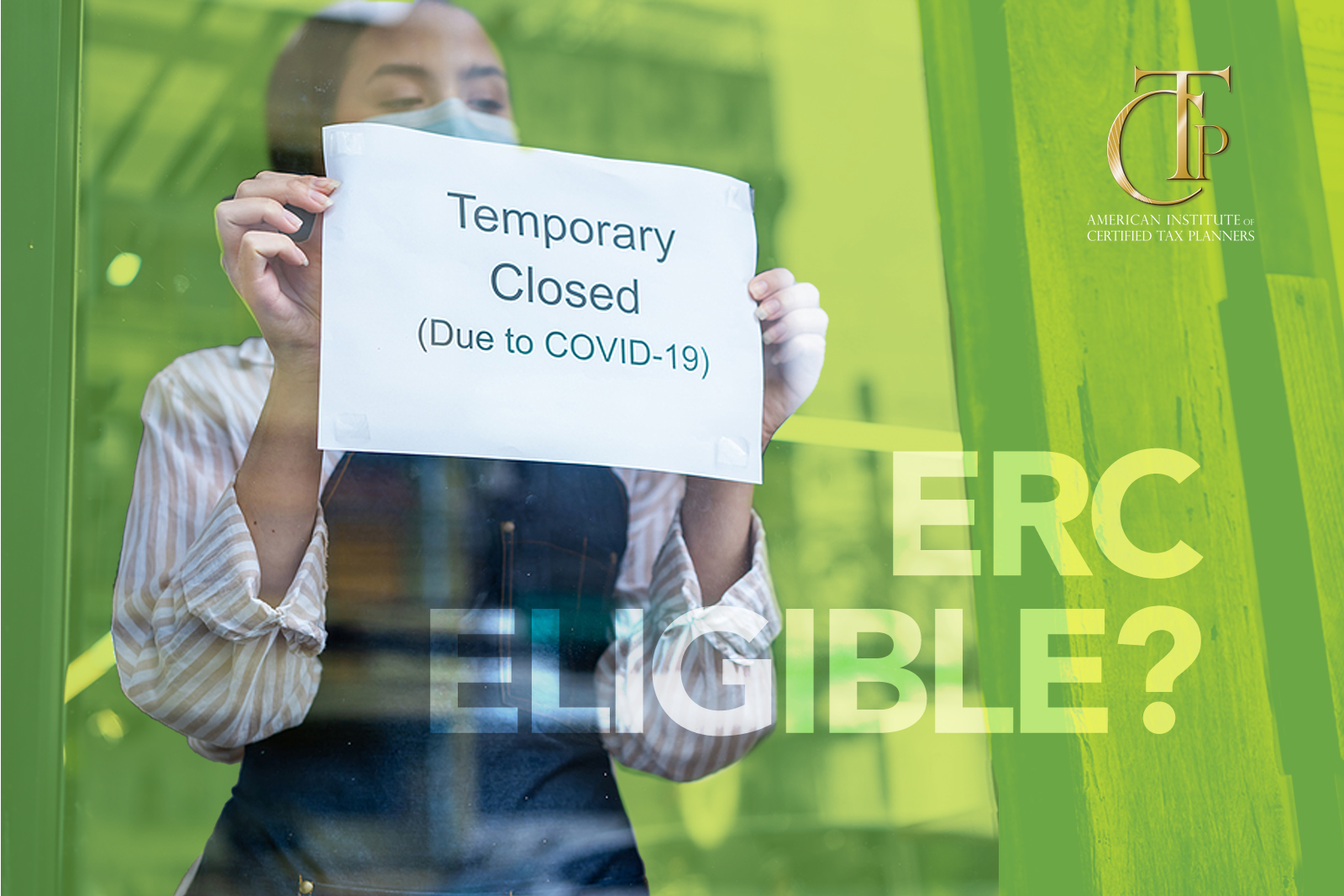Taxpayers have been pummeled by the same eye-catching ads all tax season: “Get $26,000 per employee through the Employee Retention Credit!” Messages like this have been appearing across social media, radio ads, and even roadside billboards. These “ERC mills” make grand promises but provide very few details on how to actually qualify for this lucrative tax credit.
Now more than ever, taxpayers need guidance to steer them away from ERC promoters and toward a well-formed tax plan that maximizes all possible tax credits. As a tax professional, how can you advise your clients on the ins and outs of the Employee Retention Credit? Start by reading our overview of the ERC and who counts as an eligible employer.
ERC Basics
First, let’s review the basics on how the Employee Retention Credit works. This credit was introduced toward the beginning of the COVID-19 pandemic in 2020 in response to the massive number of workers who could not work due to government shutdowns and related reasons.
The ERC is a fully refundable tax credit. The exact amount depends on the year you are claiming the credit. For 2020, eligible employers can claim 50% of qualified wages, and these wages are limited to $10,000 per employee for the year. For 2021, eligible employers can claim up to 70%, and wages are limited to $10,000 per employee per calendar quarter.
Which Organizations Are Eligible?
Trades and Businesses. Only trades and business count as eligible employers. Keep in mind the IRS’ “hobby loss rules” when determining if an activity is a business intended to make a profit or simply a hobby. Of course, with a hobby, the taxpayer would not be allowed to deduct any expenses or claim any losses related to that activity on their tax return.
Tax-Exempt Organizations. What if an organization is tax-exempt? Remember that the ERC is a credit against payroll taxes, and tax exempt organizations still pay payroll taxes. At some of these organizations, employees continued to receive their full salary while operations were shut down due to COVID-19 government orders. These organizations could receive up to $26,000 per employee in refunds.
Note that government employers are not eligible. However, in 2021, certain colleges and universities may be eligible if their primary purpose is medical or hospital care. This applies to organizations in any U.S. territories, including Guam and Puerto Rico.
Self-Employed Taxpayers. Self-employed individuals can be eligible employers but not on their own earnings. So unless the company has other employees, they will not have any qualified wages to draw from.
Small and Large Employers. Technically, any size employer can qualify for the credit, but the rules differ if the organization is considered a small employer or a large employer. In 2021, the definition for a large employer was changed and lowered to 100 or more employees. So the definition of a “small employer” is dramatically different for tax year 2020 than it is for 2021.
Small employers receive certain benefits. If they have any qualified wages, those businesses can actually claim all employee wages toward their possible credit. Larger employers, on the other hand, can only count those qualified wages toward their tax credit.
The Employer Aggregation Rule
If an employer has multiple locations—that is, multiple businesses with common ownership—they may benefit from the employer aggregation rule. Existing affiliated service group rules can help us determine whether to treat these businesses as a single employer. If a client has one business that is an eligible employer, according to this rule one qualifying business can qualify the rest.
Let’s take an example: say a taxpayer started a second branch of their business and that business is an eligible employer. Let’s also say that this branch has qualified wages for the third and fourth quarters of 2021. By aggregating these businesses together, the first business now becomes an eligible employer and may have qualifying wages for 2021 as well.
Summary
The bombardment of Employee Retention Credit ads runs the risk of confusing taxpayers. Some may jump at false promises, while others may become suspicious of the credit and fail to see if they truly qualify. This is a great opportunity for trained tax professionals to provide accurate advice and immense value to clients. To increase your knowledge on all the details surrounding the ERC, sign up to become a Certified Tax Planner today.





